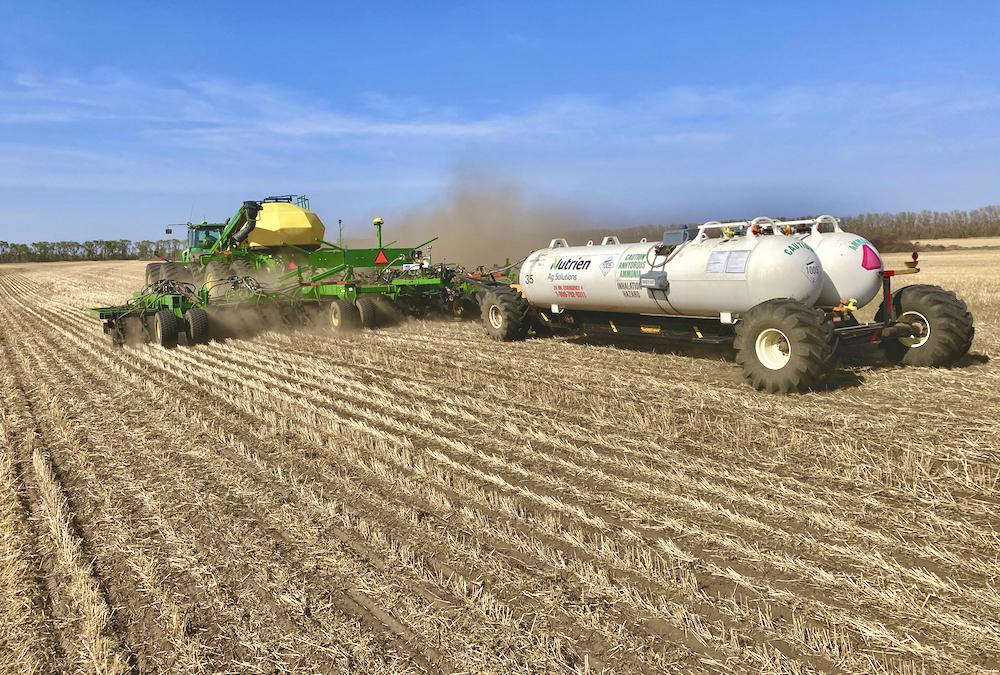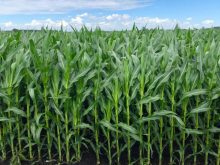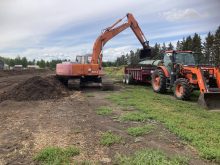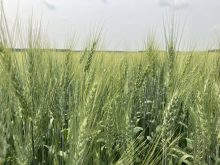Farmers face tough choices about purchasing fertilizer for next year.
Buy now? Or roll the dice and hope prices fall?
There are reports of price dips in some countries because farmers are balking at the high cost. But the fundamentals aren’t good, said one American fertilizer analyst.
Read Also

Canola’s clubroot success story
At one time, scientists, agronomists and growers were extremely worried clubroot would spread across the Prairies and devastate Canada’s canola industry.
“I think prices are going to see continued support here for quite a while,” said Josh Linville of American commodity trading firm StoneX.
He pointed to the impact of Europe cut off from natural gas from Russia, which had been supplying 40 per cent of its needs.

“That is stated from the fact that European production remains offline,” he said. “The Nord Stream pipeline attack means those flows are not coming back anytime soon — losing millions and millions of tonnes of production per year.”
Western Canadian fertilizer prices, as of mid-October, ranged from $1,220 to $1,280 per tonne for urea; $1,300 to $1,350 for MAP; $725 to $750 for sulphate; and $1,100 to $1,150 for potash, depending on location and freight cost.
[RELATED] Russia halts Ukraine Black Sea grain exports, Biden outraged
But while Linville doesn’t see a big price drop ahead, he doesn’t advocate buying fertilizer and then holding off on grain sales.
“If we are going to buy some inputs and we have the ability to sell next year’s crop, we need to sell some of those bushels or tonnes, whatever the crop may be, in order to help lock-in that margin or opportunity.”
What should farmers watch for in the coming months?
“It very much has to do with Europe, Ukraine, Russia,” said Linville. “It feels like as long as Putin is in power, natural gas flows are not going to return back to Europe. Production remains offline and prices stay high.”
Farmers should also watch China, the world’s largest fertilizer producer, he added.
“Their government has allowed some exports to occur here during the second half of the year, but we believe when we hit the start of the new calendar year, they are going to clamp down again and say no more exports, shut it down,” he said.
High fertilizer prices will likely cause producers to change application rates and crop choices post-harvest and into next spring, with considerable price variability particularly with nitrogen-based products, the Farmer’s Business Network (FBN) said in a recent report.
“With natural gas prices still high and major market disruptions due to the Russia-Ukraine war, we don’t expect fertilizer prices to normalize in time for farmers’ 2023 crop planning,” said FBN chief economist Kevin McNew.
[RELATED] STICKER SHOCK: Plant 2022 has been unlike any other, say farmers
Soil test first
More producers are soil testing to better determine appropriate application rates, said the owner of Complete Agronomic Services in Shaughnessy. Soil testing is cheaper than buying more fertilizer than required.
“Crop prices, on the other hand, are quite high,” said Lubberts. “One guy pointed out to me a couple years ago that a tonne of canola bought a tonne of nitrogen. It still does about the same thing. The prices are higher, but is there a big difference? Maybe not.”
Manure from nearby livestock operations, although not an option for many producers, is an alternative to synthetic fertilizer, Lubberts added.
“It looks like it’s more expensive at first, but if you pencil it out, especially the phosphorous portion of it, it’s still relatively cheap compared to the fertilizers you buy every year. You must have the capital to make that work as well, because what you’re doing is buying several years of fertilizer, especially phosphorous, in one year.”

The common pattern in fertilizer prices — a fall dip followed by a spring uptick — may not be in the cards this time around, said Jeff Ivan, a fertilizer efficiency expert with Soilgenic Technologies.
“Whether or not that holds true in the Canadian market, you always have micro conditions that tend to change the markets a little bit,” he said. “Of course, everybody needs a crystal ball to see what happens between now and spring.
“If I were a betting man, fertilizer prices will go up considerably based on projected natural gas pricing.”
The global fundamentals of crops and fertilizer remain relatively strong, said Jason Newton, Nutrien’s chief economist and head of market research.
“What tends to happen at historically high levels is volatility is also historically high,” he said when asked about a fertilizer strategy for 2023.
“It is both an uncertain and high-risk environment. From a grower perspective, it’s good to work with trusted advisors and consultants on the input side to keep informed on what’s driving markets.”
But with price volatility comes potential opportunities, said Newton.
Farmers can look for opportunities when demand is low and prices are under pressure. He said North American markets are discounted relative to global benchmarks, although that adds to the current instability.
“Those are opportunities probably to price from an input standpoint,” he said. “But ultimately trying to lock-in positive margins and managing risk is incredibly important in these times.”
Purchasing decisions will depend on region and crop, said Fertilizer Canada.
“We recommend growers speak with their local agri-retailer who would be the best source of information for local fertilizer markets.”















